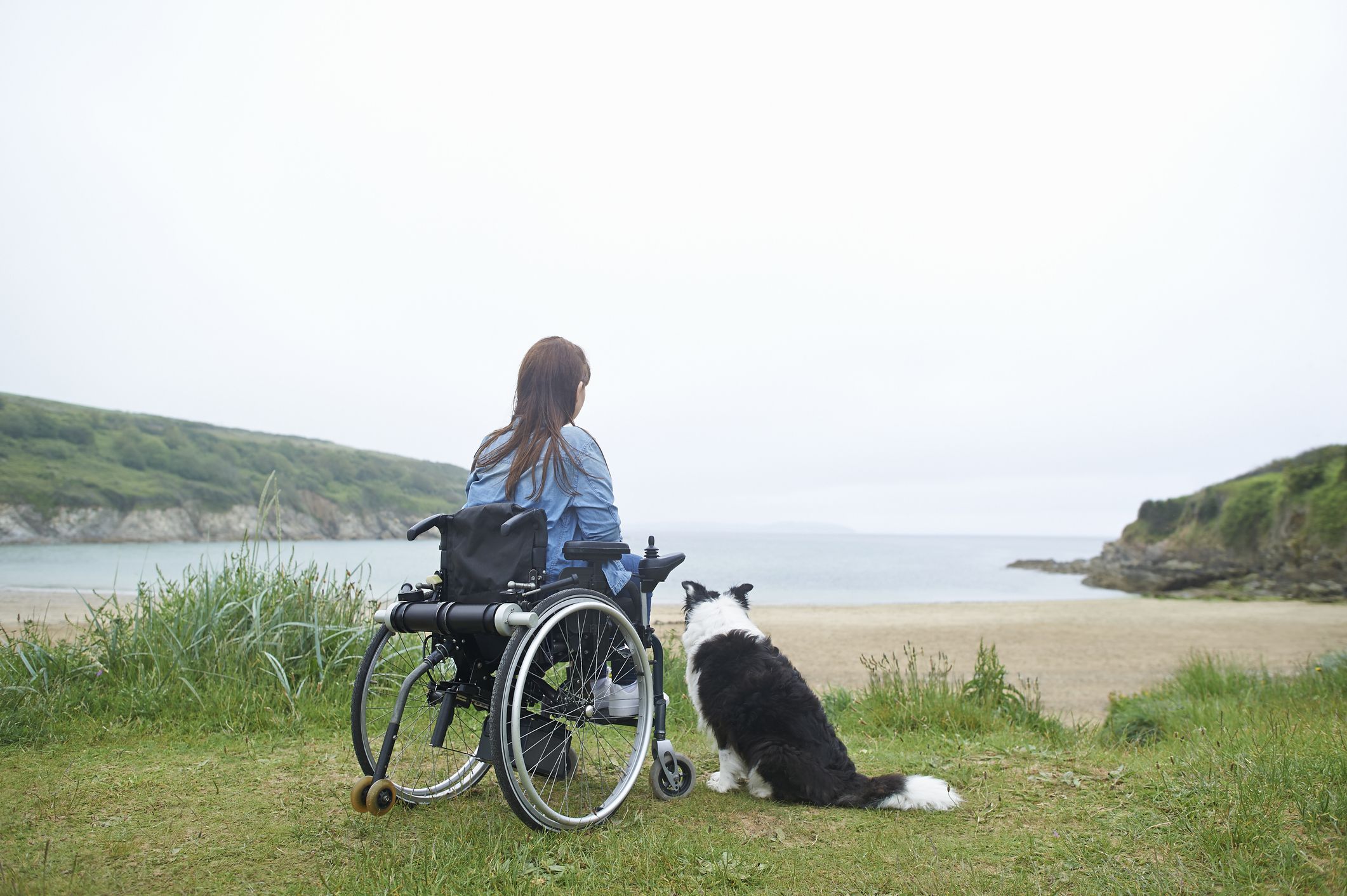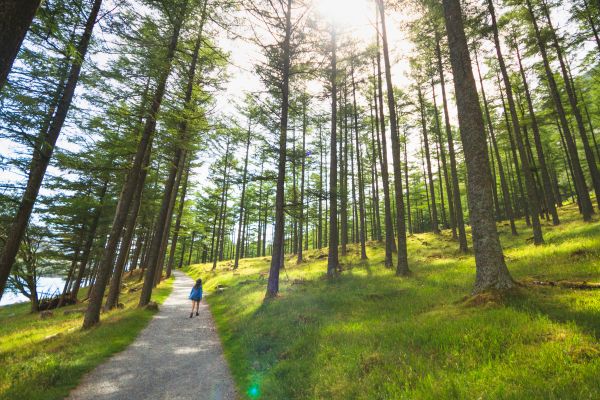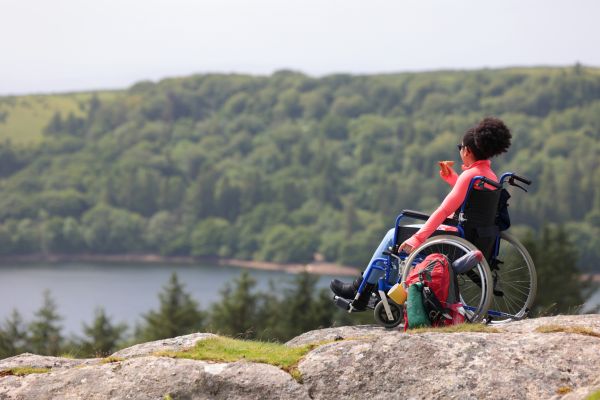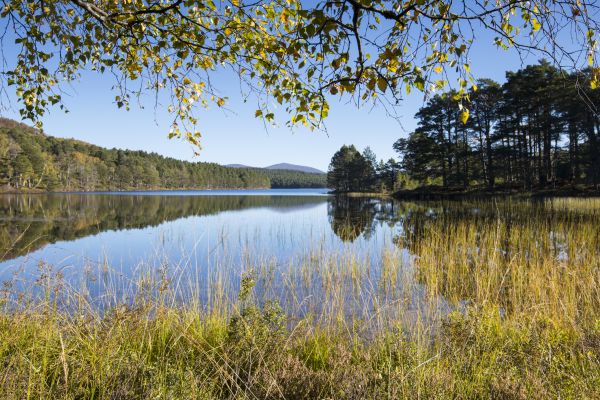How to identify accessible walks
Our short practical guide

The countryside is for everyone to enjoy. In theory, at least. You’re entitled to take a wheelchair anywhere that’s open to walkers. But that doesn’t mean that every path will be practical for a wheelchair user. But while exploring our varied and beautiful landscapes can be challenging for those with mobility issues, the benefits can be huge. Getting out into green and blue spaces can give your health and wellbeing a much-needed boost. Fortunately, awareness is growing about how to make Great Britain’s most beautiful places accessible. More wide, well-surfaced paths are being created. Larger spaces for Blue Badge holders are being introduced in carparks. More toilets accessible to wheelchair users or other people with mobility issues are appearing at visitor centres and beauty spots.
Still, it pays to think ahead when planning an outing. Here are some points to consider when scouting your outdoor excursions.

How to find accessible routes
When planning a ramble, think about what you enjoy most on an outing. Do you like wildlife, historic sites, great views, ancient trees or busy parks? Would you prefer a circular route, or are you happy with a linear out-and-back? On the Ramblers website you can search for wheelchair-friendly routes, specifying easy access and the appropriate level of difficulty.
Canal towpaths are mostly flat, and many have surfaces suitable for wheelchairs, though it’s best to check in advance. Some can be a bit potholed and muddy. The Canal and River Trust has tips and ideas: https://canalrivertrust.org.uk/enjoy-the-waterways/walking/access-for-all
Many of England’s forests are criss-crossed with wide trails, which are increasingly well-surfaced, though can be sloping. Forestry England has suggestions for suitable outings in its woodlands. Parking is available at some of these sites.
Many National Trust properties also offer good, wide, flat paths suitable for wheelchairs. Some also have mobility scooters to hire or borrow. Note that there are charges for parking and/or entry to many sites, but they often have good accessible facilities. Find ideas for suitable walks at: https://www.nationaltrust.org.uk/visit/walking/accessible-walks-at-national-trust-places
Other organisations providing wheelchair-friendly routes and accessibility information include:
On the trail
Some websites clearly indicate which paths have surfaces and gradients suitable for wheelchair users and for those with limited mobility. But you might need to ask in advance. Clearly, tarmac, concrete or other hard-surfaced paths are best, while soft gravel can be a problem. So can grassy or earth-covered paths that might be muddy or slippery after rain. Tree roots could make passing tricky. The resources listed above typically explain the terrain you should expect, along with any ups and downs. Many show route profiles to help you gauge climbs and descents. Some places have Trampers or other powered mobility scooters specifically for enjoying their trails. Ask in advance, and check whether you need to book them. Also check whether there are any gates or other barriers on paths. Ask if gates can be opened with RADAR keys. And consider whether there are steps or high kerbs involved in road crossings.

Practical considerations
Once you’ve found a route you’d like to try, think about the practical aspects. Is it accessible by public transport? Is there a carpark? If so is it in good condition, with wide bays suitable for getting in and out of the vehicle? Is there a charge for Blue Badge holders? Are there accessible toilets, and is a RADAR key required to use them? Is there a visitor centre, café, restaurant or pub with step-free access and wide doors?
Check the weather, both in advance and over recent days. Paths that are easy going in fine weather can become squelchy and difficult to use after rain.
All images © Getty

10 great routes for wheelchair users
Absorb history, wildlife and a sense of freedom whilst exploring these well-surfaced wheelchair-friendly trails.

10 gentle walks for all abilities
Enjoy easy short strolls that are suitable for all abilities, with wonderful wildlife, views and history.

Disabled access on public rights of way
Stiles, heavy gates and steps are common barriers to people with limited mobility. We think much more can be done to open up the countryside for everyone.

Campaign With Us
We campaign to remove barriers to walking and we step up to protect the places we love to wander.